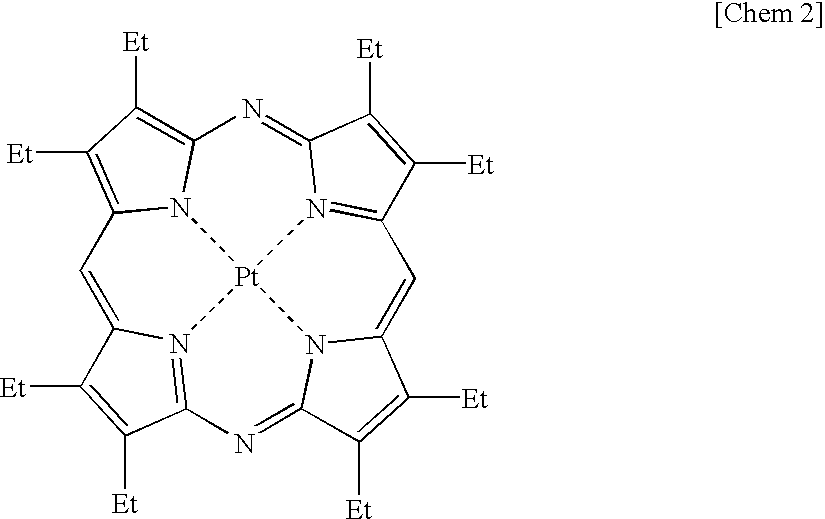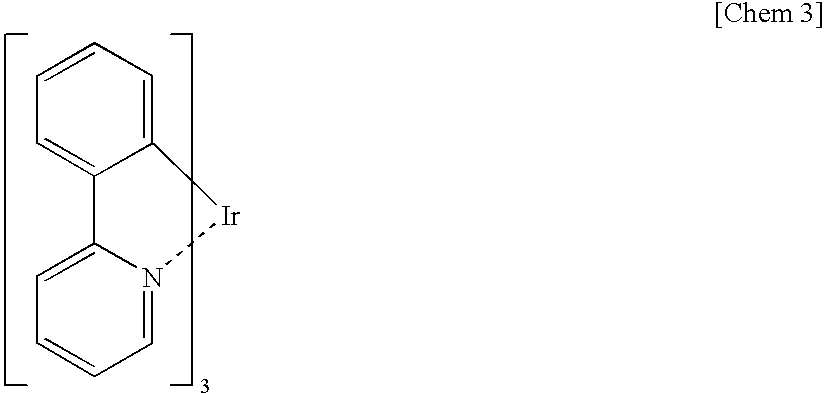Semiconductor device and driving method thereof
a technology of semiconductor devices and driving methods, applied in semiconductor devices, instruments, electrical devices, etc., can solve problems such as difficult to distinguish, easy variations in electrical characteristics, and problems such as problems
- Summary
- Abstract
- Description
- Claims
- Application Information
AI Technical Summary
Problems solved by technology
Method used
Image
Examples
embodiment 1
[0192] [Embodiment 1]
[0193] In this embodiment, the configuration of a semiconductor device in which analog video signals are used for video signals for display will be described. A configuration example of the semiconductor device is shown in FIG. 7A. The device has a pixel portion 702 wherein a plurality of pixels is arranged in a matrix shape over a substrate 701, and it has a source signal line driver circuit 703 and first to third gate signal line driver circuits 704 and 706 around the pixel portion. In FIG. 7A, three gate signal line driver circuits are used, which control first to third gate signal lines of pixels shown in FIG. 1.
[0194] Signals inputted to the source signal line driver circuit 703, and the first to third gate signal line driver circuits 704 and 706 are provided from outside through a flexible printed circuit (FPC) 707.
[0195] FIG. 7B shows a configuration example of the source signal line driver circuit. This is the source signal line driver circuit for using ...
embodiment 2
[0202] [Embodiment 2]
[0203] In this embodiment, a configuration of a semiconductor device in which digital video signals are used for video signals for display will be described. FIG. 9A shows a configuration example of the semiconductor device. The device has a pixel portion 902 wherein a plurality of pixels is arranged in a matrix shape over a substrate 901, and it has a source signal line driver circuit 903, and first to third gate signal line driver circuits 904 to 906 around the pixel portion. In FIG. 9A, three gate signal line driver circuits are used, which control first to third gate signal lines of pixels shown in FIG. 1.
[0204] Signals inputted to the source signal line driver circuit 903, and the first to third gate signal line driver circuits 904 to 906 are supplied from outside through a flexible printed circuit (FPC) 907.
[0205] FIG. 9B shows a configuration example of the source signal line driver circuit. This is the source signal line driver circuit for using digital ...
embodiment 3
[0215] [Embodiment 3]
[0216] In Embodiment 2, the digital video signal is subjected to digital-to-analog conversion by the D / A converter circuit and written into the pixel. The semiconductor device of the present invention can also conduct gradation representation by a time gradation method. In this case, as shown in FIG. 10B, the D / A converter circuit is not required and the gradation representation is controlled according to a length of a light emitting time of the EL element. Thus, it is unnecessary to parallel-process video signals of respective bits so that the first and second latch circuits each may also have one bit. At this time, with respect to the digital video signal, each bit is serially inputted, held in succession in the latch circuit, and written into the pixel.
[0217] Also, when the gradation representation is conducted by a time gradation method, the fourth TFT 108 can be used as the canceling TFT in FIG. 1. In this case, it is required that the fourth TFT 108 is tur...
PUM
 Login to View More
Login to View More Abstract
Description
Claims
Application Information
 Login to View More
Login to View More - R&D
- Intellectual Property
- Life Sciences
- Materials
- Tech Scout
- Unparalleled Data Quality
- Higher Quality Content
- 60% Fewer Hallucinations
Browse by: Latest US Patents, China's latest patents, Technical Efficacy Thesaurus, Application Domain, Technology Topic, Popular Technical Reports.
© 2025 PatSnap. All rights reserved.Legal|Privacy policy|Modern Slavery Act Transparency Statement|Sitemap|About US| Contact US: help@patsnap.com



